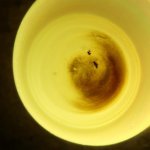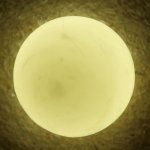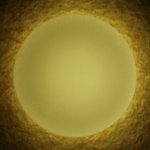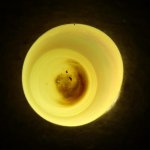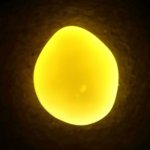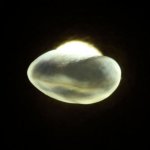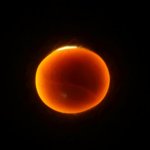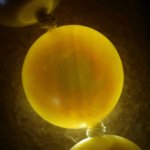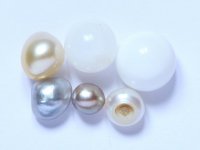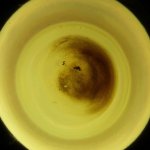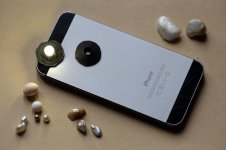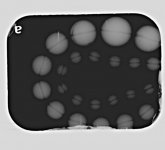Sadly hoster reduces image size to about 740px wide and strongly decreasing quality.
Hum, for shooting, I tried with a thick board drilled using a pen and put on my phone.
I think the best would be a black thick plastic or strong material with hole, and extra black colored putty, for a bog good contrast, then, use a spotlight with variable power, use small power to display the pearl with best angle, then fix the putty to fill all the gap, no light on sides or so, and then full power for the picture, it would help to use a better setting on camera too, quicker shot, making better details.
The fimo paste is black and like putty, I remember I made a aquamarin with candle light back in 2011, using fimo, but the color is very strong and can nearly dye the pearl as it's a very bit porous, so I suggest not to use fimo.
Maybe something like play doh paste, not too sticky and not too fat, however no idea if available in black color.
